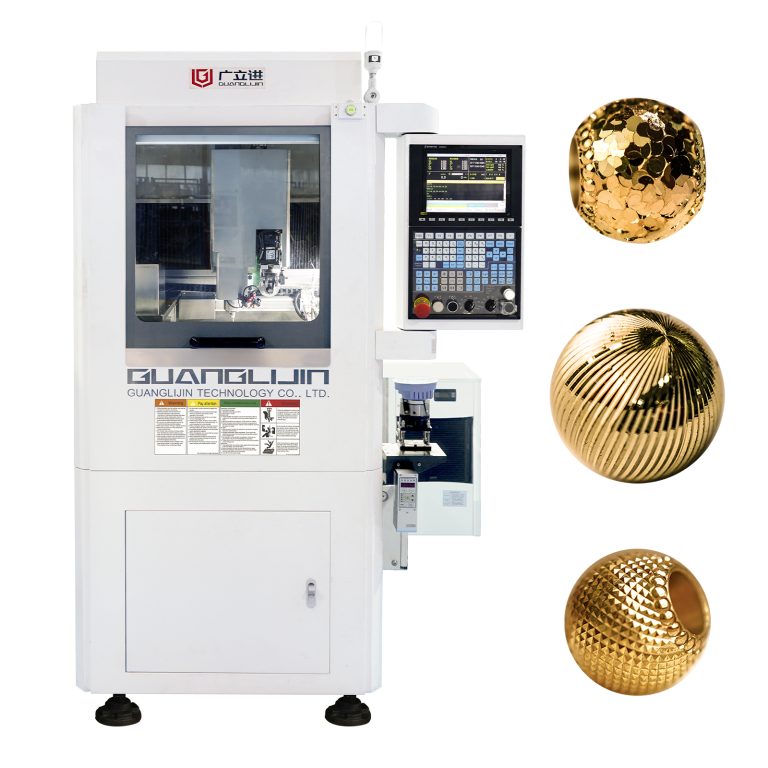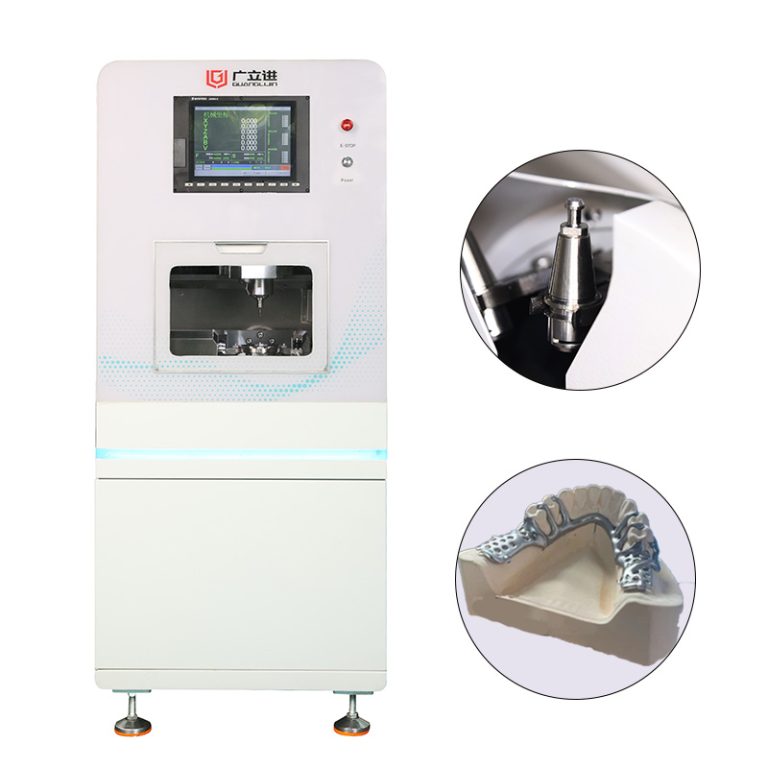Top CNC Vertical Mills: Achieving High-Accuracy Performance in Modern Manufacturing
Why Vertical CNC Mills Dominate Precision Work
Unlike their horizontal counterparts, vertical CNC milling centers offer better visibility during operation. The spindle orientation allows for easier chip evacuation – a crucial factor when working with tough materials like titanium. According to Modern Machine Shop (2024), vertical mills account for 62% of new CNC machine installations in job shops.
Vertical vs. Horizontal CNC Mills: Key Differences
| Feature | Vertical Mills | Horizontal Mills |
|---|---|---|
| Workpiece Visibility | Excellent | Limited |
| Chip Removal | Gravity-assisted | Requires augers |
| Typical Accuracy | ±0.0005″ | ±0.001″ |
5-Step Setup Guide for Optimal Performance
-
- Tool Selection: Choose carbide end mills for hard materials
- Workholding: Use precision vises with <5µm repeatability
- Coolant Strategy:
Implement through-spindle cooling for deep pockets
- Probing: Calibrate touch probes before each job
- Program Verification: Always dry-run new G-code
⚠ Common Mistakes to Avoid
Many operators overlook thermal compensation – a critical feature in modern CNC milling machines. When we tested a Haas VF-4SS last quarter, enabling thermal compensation reduced dimensional variation by 37% during 8-hour production runs.
Real-World Applications: Where Vertical Mills Shine
Interestingly, vertical CNC machining centers excel in mold making. Their rigid construction handles the interrupted cuts common in die sinking. For example, Makino’s V56 achieves surface finishes below 4µin Ra in hardened tool steel – perfect for injection molds.
Maintenance Checklist for Long-Term Accuracy
- □ Lubricate linear guides weekly
- □ Check spindle runout monthly
- □ Recalibrate ball screws annually
- □ Monitor way cover condition
- □ Verify coolant concentration bi-weekly
Frequently Asked Questions
What’s the best CNC milling machine for aluminum parts?
High-speed vertical mills with 15,000+ RPM spindles deliver optimal results for aluminum machining.
How much does a industrial CNC milling machine cost?
Prices range from $50,000 for entry-level models to $500,000+ for 5-axis machining centers.
What’s the difference between CNC milling and CNC turning?
Milling uses rotating tools on stationary workpieces, while turning rotates the workpiece against stationary tools.




